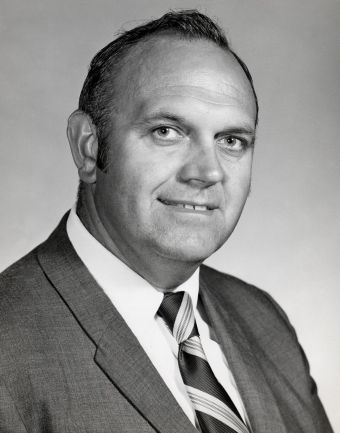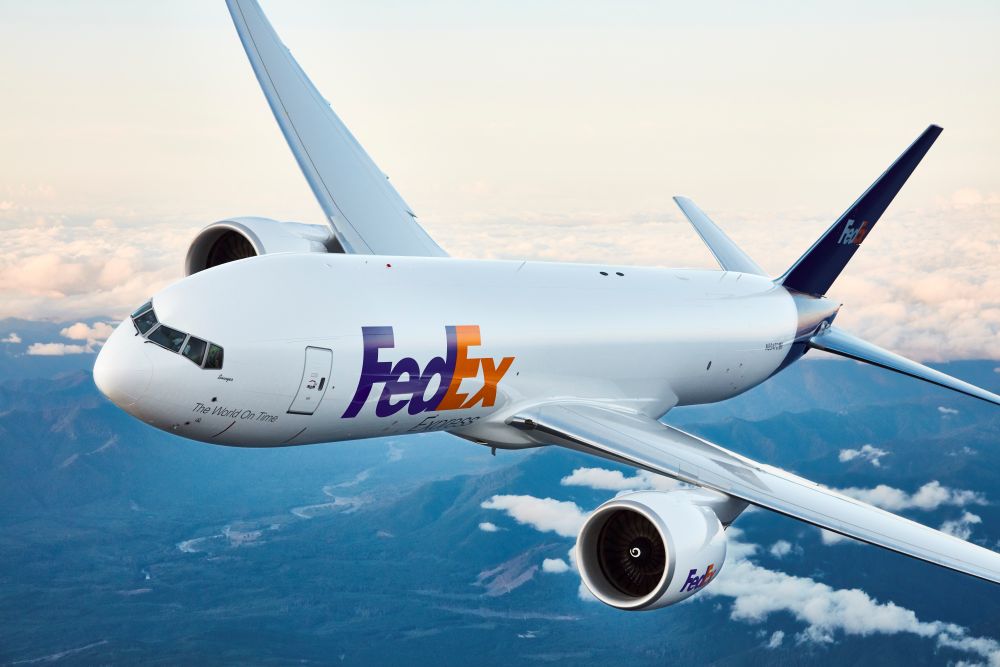The recent passing of FedEx founder Fred Smith marked the end of an era. His company revolutionized the freight transport industry and ultimately changed society.
GE Aerospace is proud to have powered Smith’s bold vision from the very beginning, when he was a young, decorated military veteran who daringly launched a unique enterprise in Memphis, Tennessee, with a few modified business jets.
Through the decades, Smith’s company grew wildly across the globe with a massive fleet of large cargo jets and vehicles. At the same time, GE Aerospace transformed from a leading military engine supplier to become the world’s largest producer of commercial jet engines. Along the way, GE Aerospace has been FedEx’s principal jet engine supplier, while Smith worked closely with generations of GE Aerospace leaders — from Gerhard Neumann and Brian Rowe to David Joyce and current Chairman and CEO Larry Culp.
The FedEx of today operates 269 cargo aircraft powered by GE Aerospace, including the CF6 and GE90 engine lines. And it began with a handshake deal.
After graduating from Yale University and serving two tours in Vietnam as a platoon leader and aerial observer/tactical air controller in the U.S. Marine Corps, Smith pursued his idea of creating an overnight freight carrier. He founded Federal Express (later renamed FedEx) in Little Rock, Arkansas, in 1971 and went operational in April 1973 in Memphis, with 14 small jets serving 25 cities.
Smith put up personal savings and took out loans to buy the 14 Dassault Falcon 20 business jets, which he converted into cargo carriers. Strapped for cash, he faced another financial hurdle: how to maintain his jet engines.

Enter Brian Rowe and GE Aerospace. The Falcon 20 is powered by the CF700* engine, a commercial variant of GE Aerospace’s wildly successful J85 military engine developed in Lynn, Massachusetts. Using an aft-mounted fan, the CF700 became the world’s first turbofan for business jets. Rowe had moved to the U.S. from England in 1957 to join GE Aerospace’s Lynn operation, and his first project management job was leading the CF700 program. The engine was certified in 1964.
By the early 1970s, Rowe had moved up the ladder at GE Aerospace and was running commercial engine operations for division head Gerhard Neumann. As Smith acquired the Falcon 20 jets, Rowe presented the young Memphis entrepreneur with a bold financial proposal.
“Fred came to my dad over the maintenance of his engines,” says David Rowe, Brian’s son and managing partner of AE Industrial Partners. Brian Rowe assured Smith that GE Aerospace would provide his company with a significant line of credit while offering attractive terms to have the CF700 engines overhauled at its service shop in Strother, Kansas. Smith’s collateral would be his aircraft.
“The amazing part is that the deal was done on a handshake,” says David Rowe. “My dad simply asked of Fred that if his company became successful, he would buy GE engines.”
And did he ever. After operating 33 Falcon Jets for several years, FedEx acquired a massive fleet of large cargo jets.

Just like the closing scene with Humphrey Bogart and Claude Rains in the classic film Casablanca, the handshake between Smith and Rowe was the beginning of a beautiful friendship. “They relied on each other’s opinions,” says David Rowe. “They were very close.” Rowe was chairman emeritus of GE Aerospace when he passed away in February 2007.
Smith continued to enjoy warm friendships with other GE Aerospace leaders. Larry Culp described Smith as “a friend and inspiration” saying “Fred was a trailblazer whose bold ideas and relentless drive built one of the world’s most respected companies. I have long admired his professionalism and patriotism. He was one of the first people to reach out to me when I joined GE. He always was actively engaged, offering wisdom and guidance with the same passion that has shaped his legacy.”
Smith’s story is one of bold ideas, resilience, and the kind of trust that builds lasting partnerships. His journey reminds us that some of the most important parts of innovation are the relationships we build along the way.
